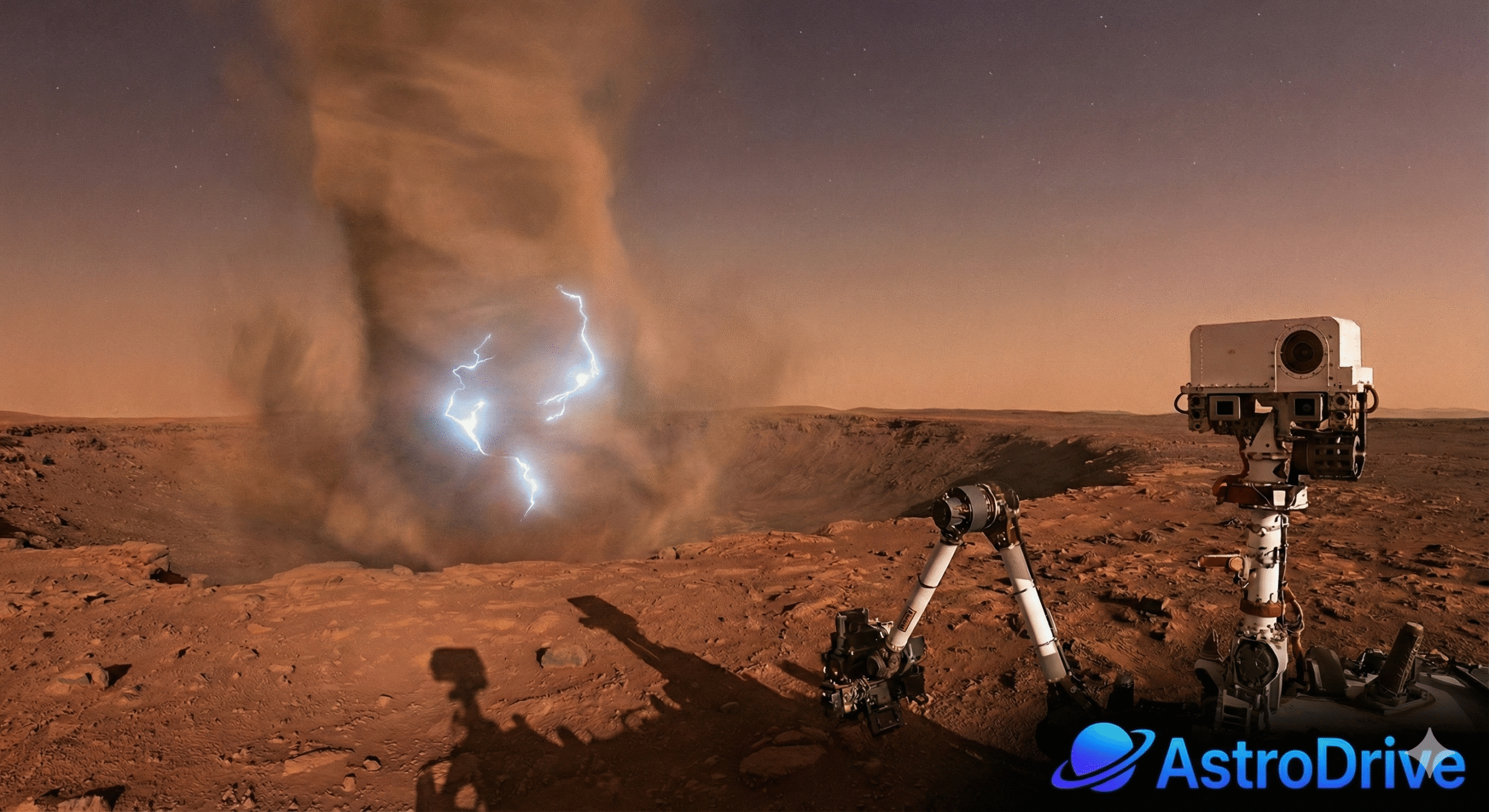Curiosity’s New Adventure: Entering the Uyuni Quad (Sols 4573–4574)

Over the weekend, Curiosity successfully wrapped up its science activities at the “Altadena” drill site and resumed driving. After completing a 48-meter (157-foot) drive, the rover entered a new exploration zone—informally called a mapping “quad.”
To give some context: Curiosity’s team divides the exploration area into square regions, each 1.5 kilometers wide. The team names these quads after Earth towns with populations under 100,000. As Curiosity studies features within a quad, the team assigns informal names to specific targets, drawing inspiration from natural landmarks or geologic features in those towns.
The team named the new quad after Uyuni, Bolivia—known as the gateway to the world’s largest salt flats. This theme fits well as Curiosity climbs into drier depositional environments higher in the Mount Sharp stratigraphy. The team draws additional target names from nearby regions, including Chile’s Atacama Desert. This Mars analog site offers extreme dryness, wind-shaped landscapes, and significant research on life in harsh conditions. The Atacama also hosts some of the world’s leading observatories, which makes it a perfect source of inspiration for this phase of exploration.
The current two-sol plan features a strong mix of science and mobility. Curiosity will begin by investigating a nodular bedrock target named “Flamingo”, using:
- APXS (Alpha Particle X-ray Spectrometer) to measure its chemical composition.
- MAHLI (Mars Hand Lens Imager) to capture close-up images of its texture.
In the remote sensing block, the science team planned several Mastcam (Mast Camera) mosaics, including:
- “Los Patos” – a shallow depression that may represent a small impact crater or a weathered boxwork structure.
- “La Lava” – a dark, blocky target that caught the team’s attention.
- Additional mosaics of nearby troughs to study surface changes caused by wind and erosion.
ChemCam (Chemistry and Camera complex) will fire its LIBS instrument (Laser-Induced Breakdown Spectroscopy) at a target named “Tacos” to analyze bedrock chemistry. The RMI (Remote Micro-Imager) will capture a long-distance mosaic of “Mishe Mokwa” butte to examine sedimentary layering.
After finishing this science block, Curiosity will drive about 56 meters (184 feet) southwest and capture images of the new location to help the team plan the next set of activities.
On the second sol, the rover will:
- Perform a ChemCam calibration.
- Complete a Mastcam data management task.
- Use Navcam (Navigation Cameras) to monitor clouds and dust in the Martian atmosphere.
Now that Curiosity has entered the Uyuni quad, the team looks forward to exploring its unique geology—especially the large boxwork structures ahead, which may reveal important clues about Mars’s ancient environments.


